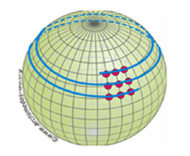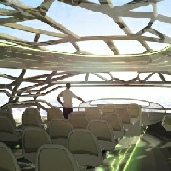


 Home
KS4
A2
Opts
Gall
Dates
KS3
Home
KS4
A2
Opts
Gall
Dates
KS3



Copyright © 2012 M.Kenny. All Rights Reserved
No parts of this website maybe copied or reproduced without permission
 Tuts
Tuts







 Research
Specification
Designing
Evaluation
Task Analysis
Research
Specification
Designing
Evaluation
Task Analysis

 Making
Start
Objs
Ass
Ext
Making
Start
Objs
Ass
Ext

Divergent Thinking is a thought process or method used to generate creative ideas
by exploring many possible solutions as possible no matter how weird or wacky.
Divergent Thinking leads to creativity.
- It is: The ability to see lots of different answers.
- The ability to see lots of ways to interpret a question.
- The ability to “think outside the box.”
- How can we do this when designing?
- Firstly we can look at the task or question and try to interpret it differently.
- Don’t set out to try and come up with the one obvious answer.
Sometimes to solve a problem we need to remove a mental (and unnecessary) constriction.
We need to remove the assumption we initially impose upon ourselves (the lines must
be straight, a vacuum cleaner needs a bag etc.
In fact, mental constrictions always limit our creativity and stop us solving everyday
problems. World famous designers often remove these mental barriers to solve problems
using existing designs and a process known as divergent thinking to help them design
new creative products. Can you see how James Dyson’s existing products influence
his own and others designs and products in the time line shown below?
"You have to deeply understand the essence of a product in order to be able to get
rid of the parts that are not essential."
Jonathan Ive


Divergent Thinking

Through product analysis James Dyson found a problem with old vacuum cleaners whose
design had remained the same since the early 1900’s. He became frustrated with his
vacuum cleaners diminishing performance: dust kept clogging the dust bag, reducing
suction. Dyson had the idea of using cyclonic separation to create a vacuum cleaner
that would not lose suction as it picked up dirt. The cyclone idea came from the
spray-finishing room's air filter in his Ballbarrow factory.


Dyson’s first original invention, the Ballbarrow, was a modified version of a wheelbarrow
using a ball instead of a wheel. This was featured on the BBC's Tomorrow's World
television programme.
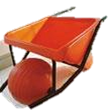
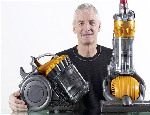

 Tut
Tut




Dyson continued product analysis on his own design and found a further problem. It
was difficult to turn the cleaner because of its fixed wheels.



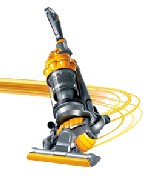 Tut
Tut


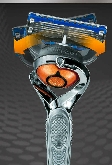

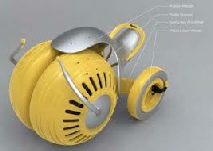

BRAIN GYM Lets get warmed up! The goal of the puzzle is to link all 9 dots using
four straight lines or less, without lifting the pen and without tracing the same
line more than once. First one wins!








 Solution One
Solution Two
Solution Three
Solution One
Solution Two
Solution Three
These are products designed by Dieter Rams when he was a designer for Braun. A very famous designer today uses past products as inspiration for his designs. Can you tell which products they inspired?
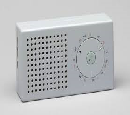



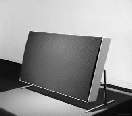

Design and technology should be the subject where mathematical brainboxes and science
whizzkids turn their bright ideas into useful products
James Dyson
 Clue One
Clue Two
Clue One
Clue Two
Analyse the task to determine what you can and can’t do


In 2011 a competition was run to update the countries electricity pylons which have
remained largely unchanged since the 1920’s.
Competitors came from a variety of fields from engineers, architects, students and
a range of design professions.
Whilst conducting your own research, try and use these images as inspiration. Do
wind turbines have to look the way that they do? Will your client like them on their
house? Or can you re-design them to become more aesthetically pleasing and an integral
part of the house not a separate structure on top of the roof or in the garden. Look
at other features you can possibly redesign or improve.


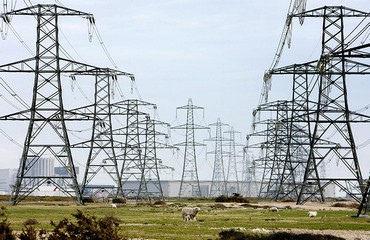














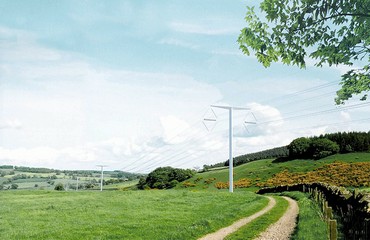
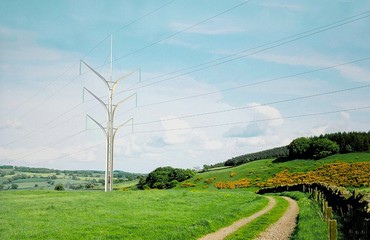
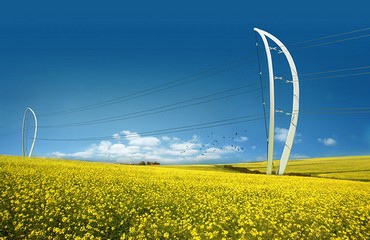
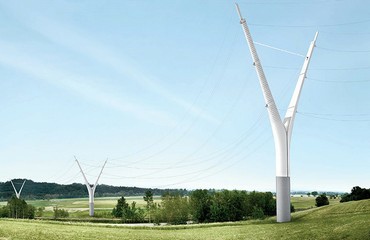
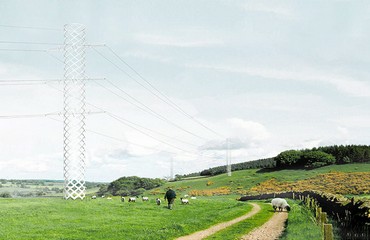
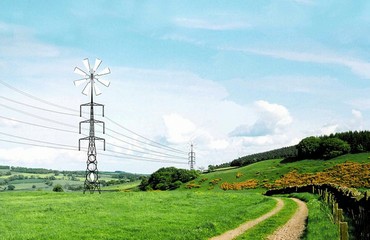
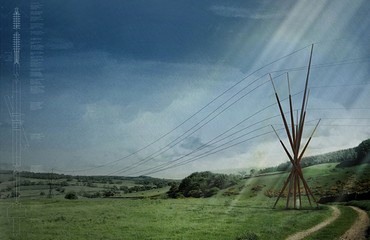
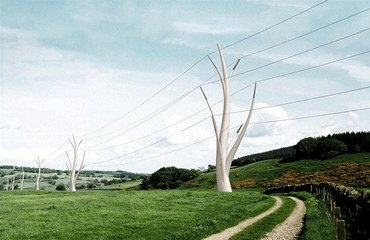
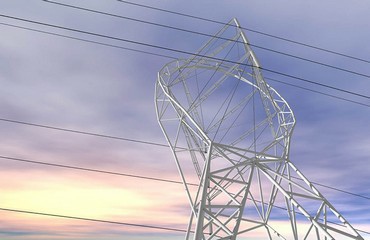
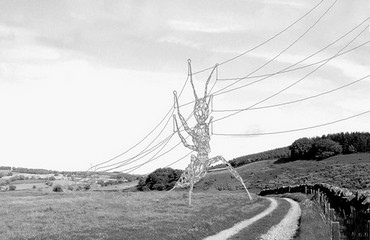
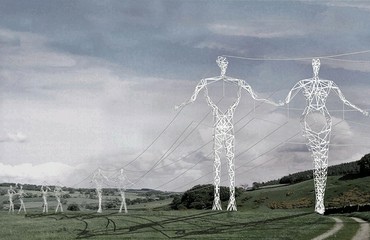
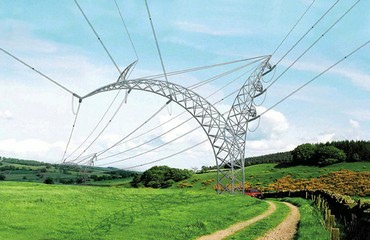
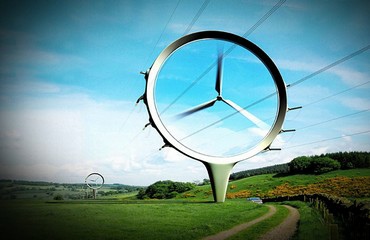
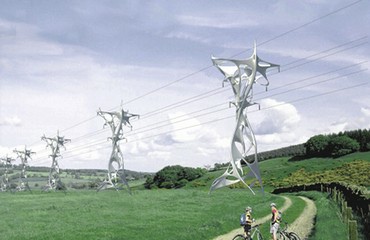
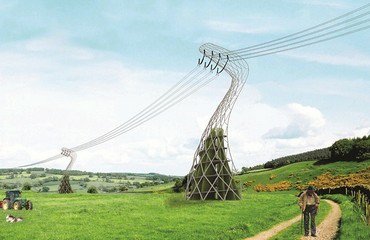






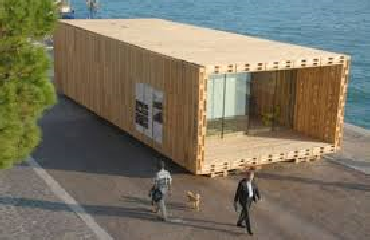
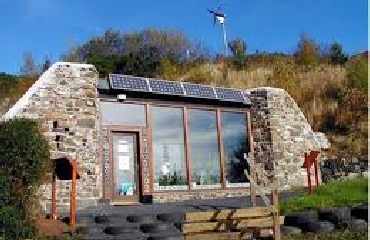
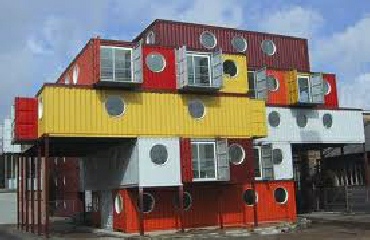
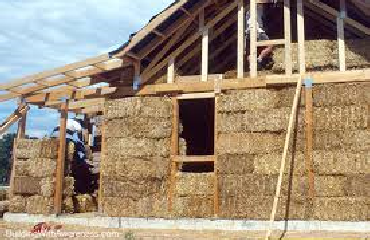

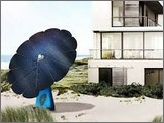
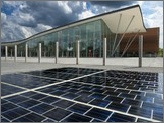
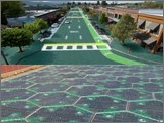
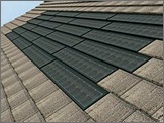
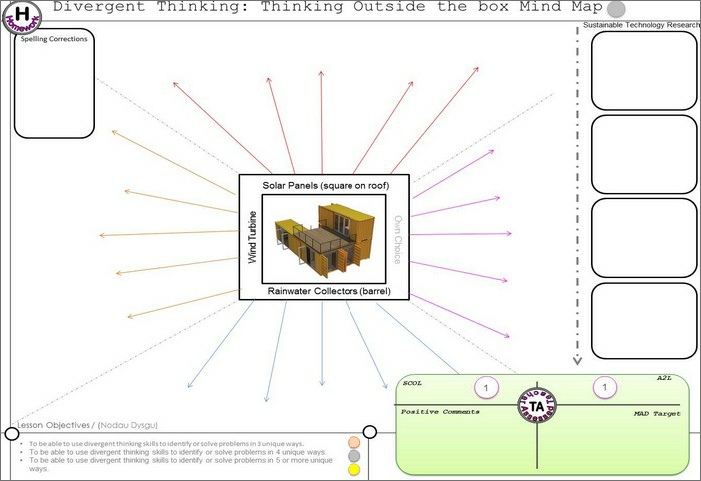
Divergent (lateral) thinking involves discarding the obvious, leaving behind traditional
modes of thought, and throwing away preconceptions. Do solar panels have to bolt
onto the roof? Do solar panels have to have one function? Do solar panels have to
be a rectangular shape?
What alternative ideas can you come up with for a new solar panel design to fit in
with the aesthetics of your house? Use the Internet to research potential conceptual
ideas. If you can’t find anything, then you may have just found a gap in the market.
List your ideas on the page shown above next to the solar panel arrows. Produce sketches
or stick images in to explain your thinking. Try and come up with at least 5 alternative
ideas for solar panels. Look at images below for inspiration.

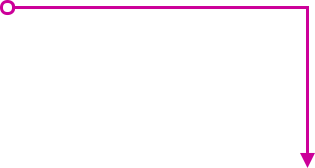

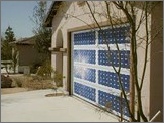
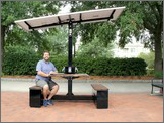
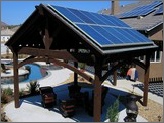
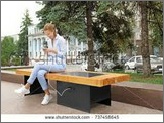

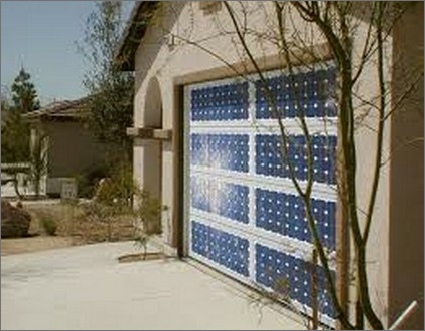
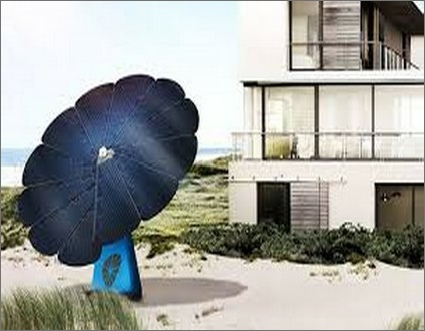
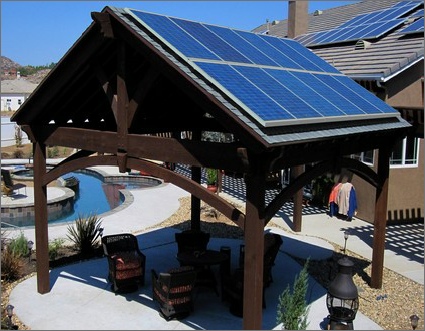
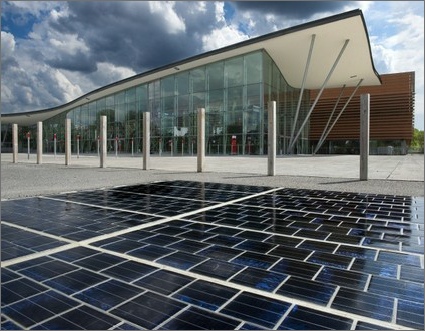
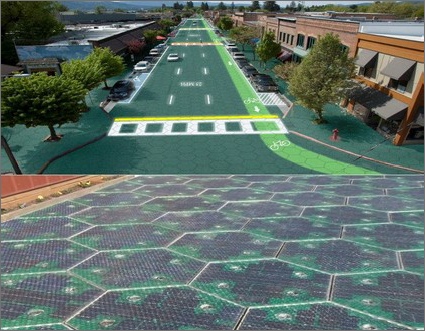
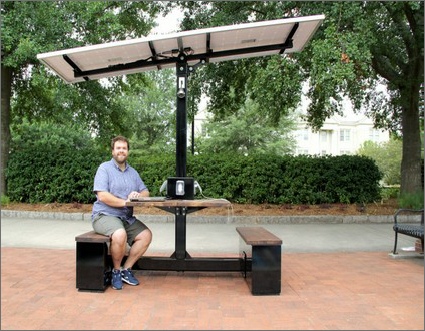

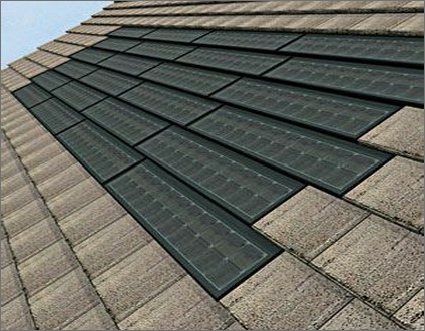









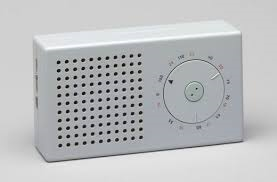
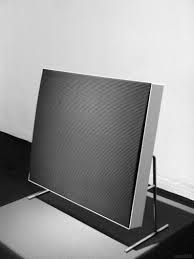
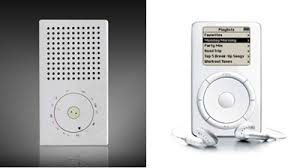




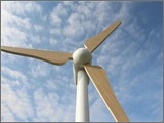
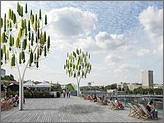
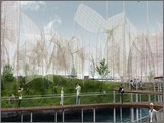


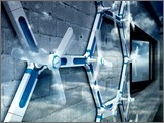
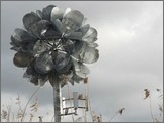
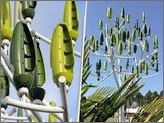
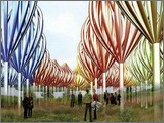
Divergent (lateral) thinking involves discarding the obvious, leaving behind traditional
modes of thought, and throwing away preconceptions. Do wind turbines have to separate
to the house? Do wind turbines have to have one function? Do wind turbines have to
be a wind mill shape?
What alternative ideas can you come up with for a new wind turbine design to fit
in with the aesthetics of your house? Use the Internet to research potential conceptual
ideas. If you can’t find anything, then you may have just found a gap in the market.
List your ideas on the page shown above next to the wind turbine arrows. Produce
sketches or stick images in to explain your thinking. Try and come up with at least
5 alternative ideas for wind turbines. Look at images below for inspiration.



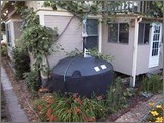
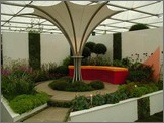
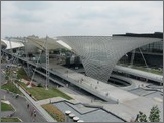
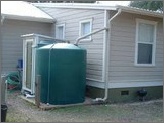

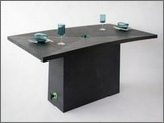
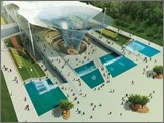
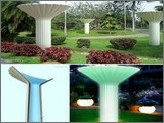
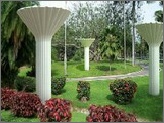
Divergent (lateral) thinking involves discarding the obvious, leaving behind traditional
modes of thought, and throwing away preconceptions. Do rainwater collectors have
to be outside? Do rainwater collectors have to have one function? Do rainwater collectors
have to be a round barrel?
What alternative ideas can you come up with for a new rainwater collector design
to fit in with the aesthetics of your house? Use the Internet to research potential
conceptual ideas. If you can’t find anything, then you may have just found a gap
in the market. List your ideas on the page shown above next to the rainwater collector
arrows. Produce sketches or stick images in to explain your thinking. Try and come
up with at least 5 alternative ideas for rainwater collectors. Look at images below
for inspiration.



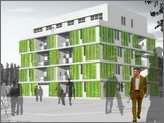
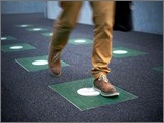
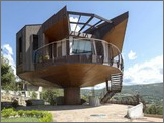
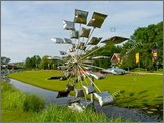

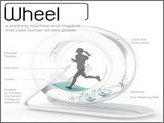
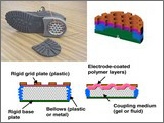
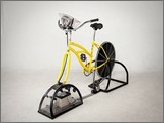
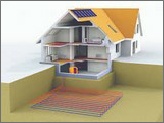
Divergent (lateral) thinking involves discarding the obvious, leaving behind traditional
modes of thought, and throwing away preconceptions. Can you use water to generate
electricity? Can you capture kinetic energy such as people stepping movement? Can
you think of any other alternative ways of generating clean energy?
What alternative ideas can you come up with for a new method to generate clean energy
to fit in with the aesthetics of your house? Use the Internet to research potential
conceptual ideas. If you can’t find anything, then you may have just found a gap
in the market. List your ideas on the page shown above next to the own choice section.
Produce sketches or stick images in to explain your thinking. Try and come up with
at least 5 alternative ideas for your own choice. Look at images below for inspiration.



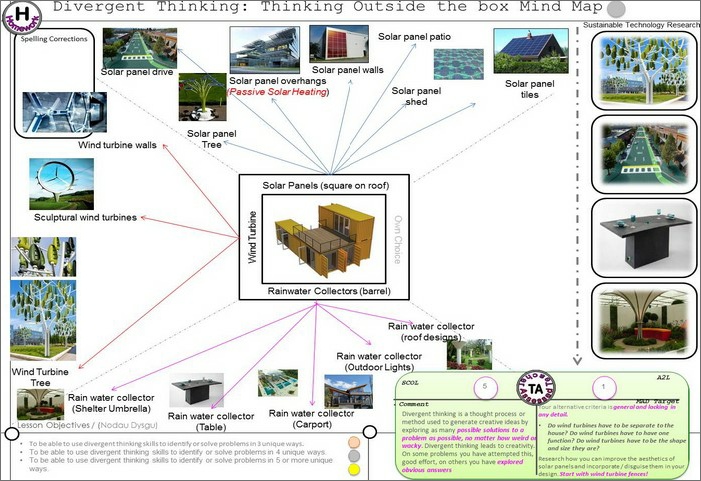
Exemplar Work

Self Assessed Criteria:
Below are modelled answers. These show the work that you should submit. Remember
as you come to an assessment point to get your worked marked.

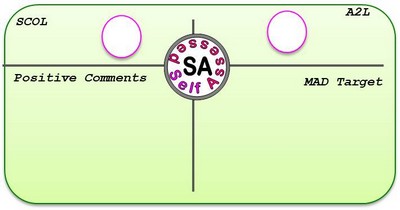
When you come to the image below this is a self assessed piece of work. You must
STOP and mark your work. Give yourself a grade, a positive comment and a MAD (making
a difference target). You should then act upon your targets set as part of your MAD
activity (making a difference). These pieces of work should be then presented in
a purple font to show what you have improved. Once you have completed this present
your work to your teacher

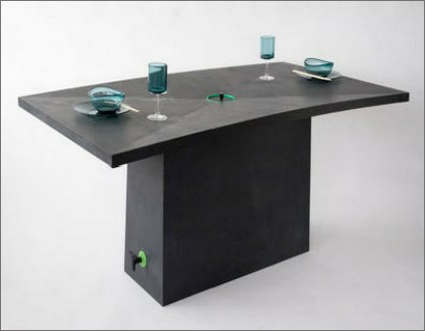
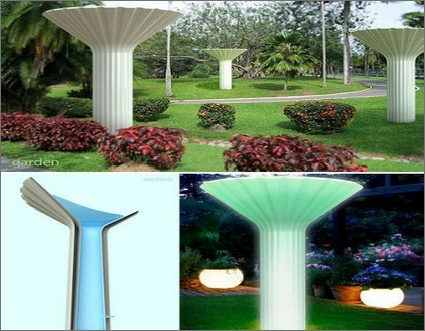
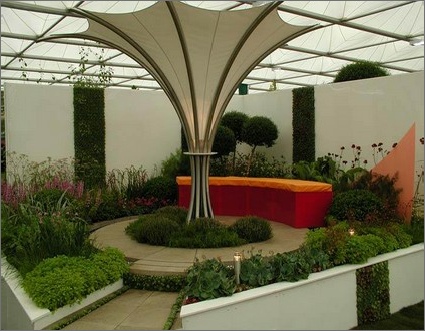
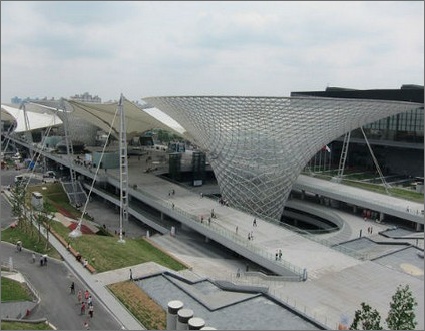
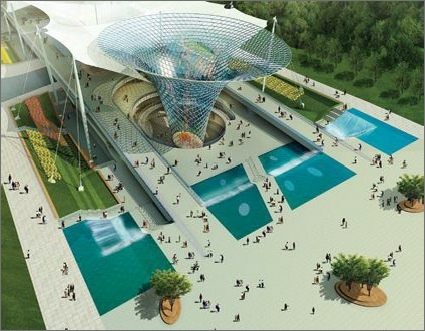
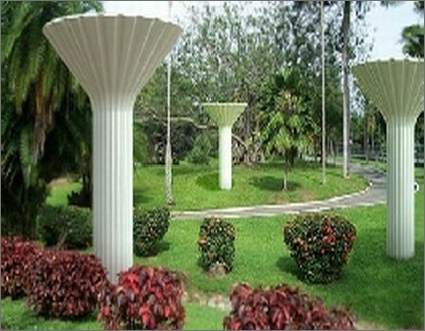
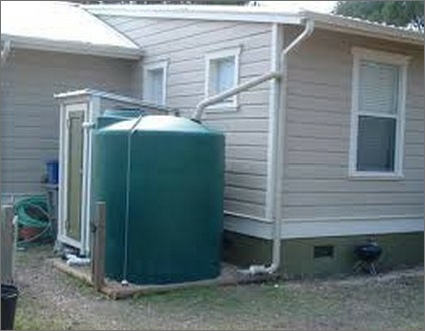
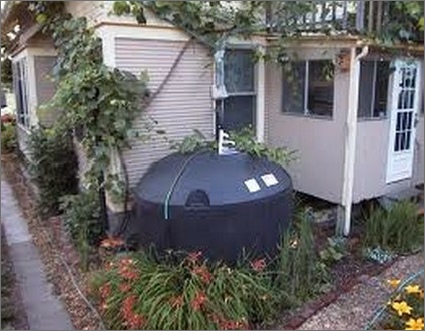
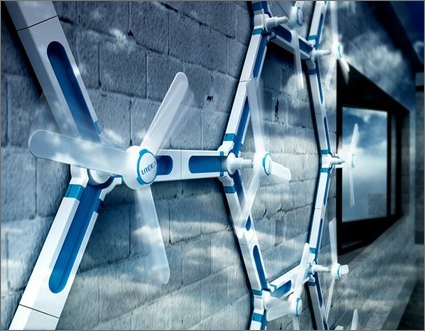
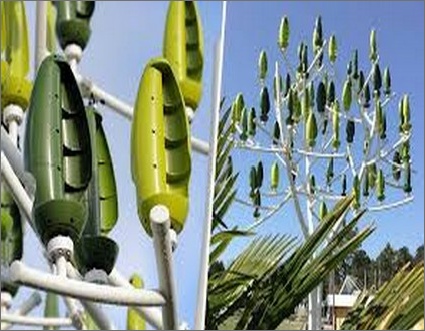
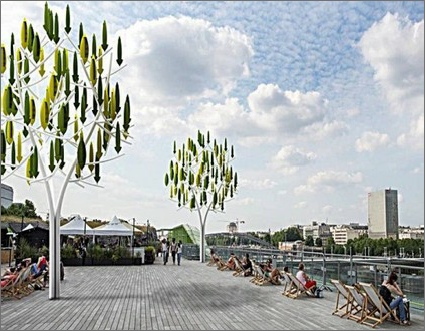
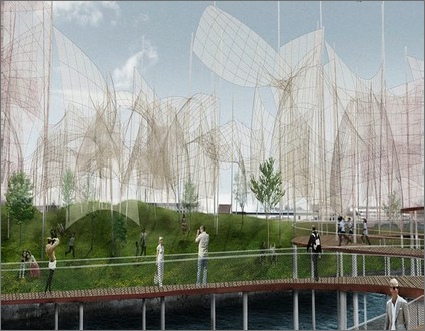
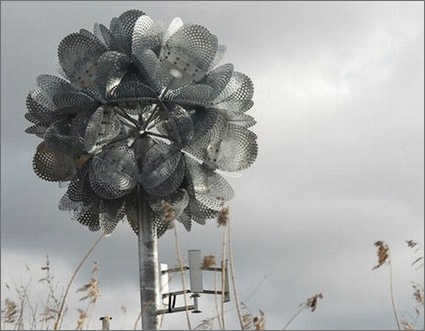
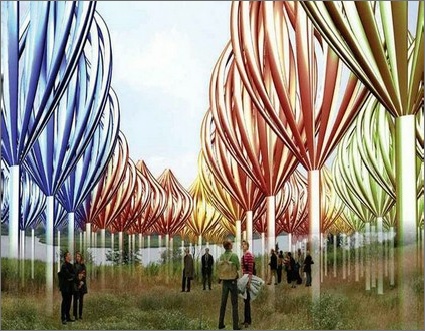

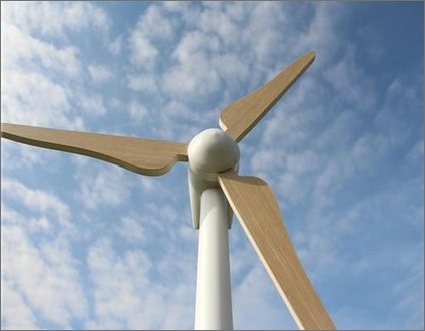
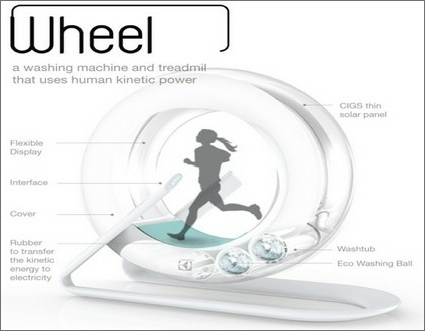
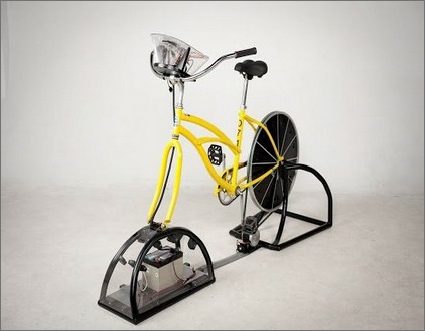
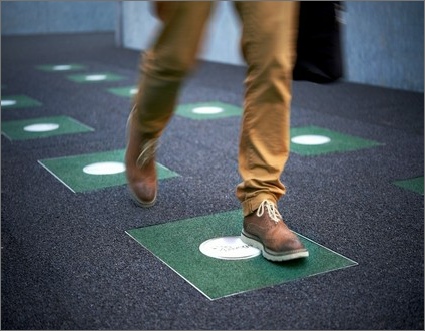
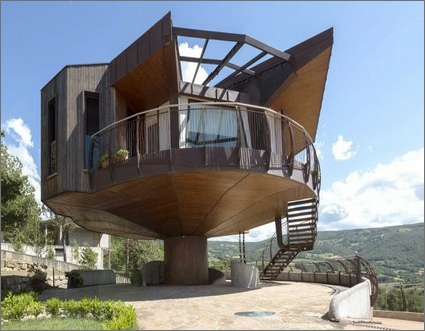
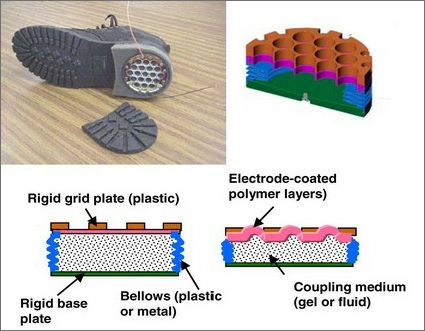
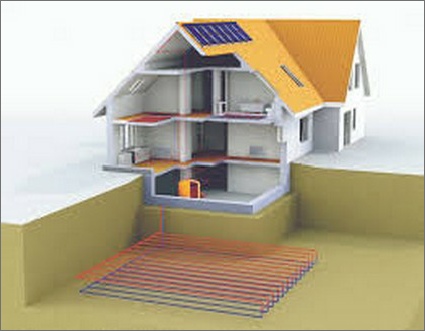
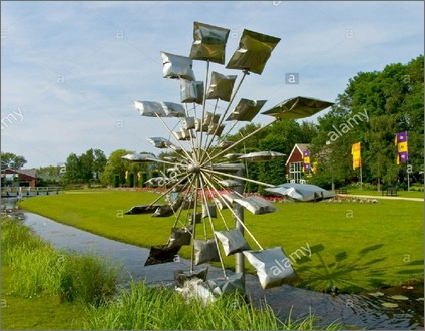
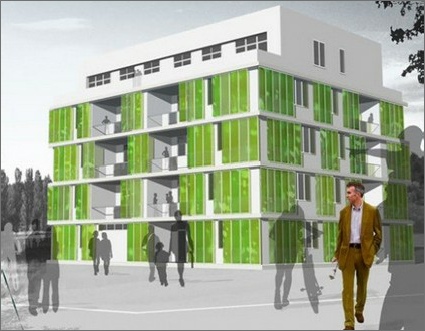




|
Level Description
|
NC LEVEL
|
|
Your divergent mind map uses 3 assumptions and each has been expanded with at least
5 different options.
|
Level 3
|
|
Your divergent mind map uses 3 assumptions and each has been expanded with at least
8 different options.
|
Level 4
|
|
Your divergent mind map uses 4 assumptions and each has been expanded with at least
8 different options.
|
Level 5
|
|
Your divergent mind map uses 4 assumptions and each has been expanded with at least
10 different options.
|
Level 6
|
|
Your divergent mind map uses 5 assumptions and each has been expanded with at least
8 different options.
|
Level 7
|
|
Your divergent mind map uses 5 assumption and each has been expanded with at least
10 different options.
|
Level 8
|




- To use divergent thinking techniques to develop creative thinking skills
- You should be able to use your knowledge and research to independently model a range
of ideas that meet the brief.
- You should be able to model the key features of your designs including sustainable
features
- To understand how the physical features of design themes can be used to influence
ideas and design innovative products

 Home
KS4
A2
Opts
Gall
Dates
KS3
Home
KS4
A2
Opts
Gall
Dates
KS3



 Tuts
Tuts







 Research
Specification
Designing
Evaluation
Task Analysis
Research
Specification
Designing
Evaluation
Task Analysis

 Making
Start
Objs
Ass
Ext
Making
Start
Objs
Ass
Ext






 Tut
Tut












